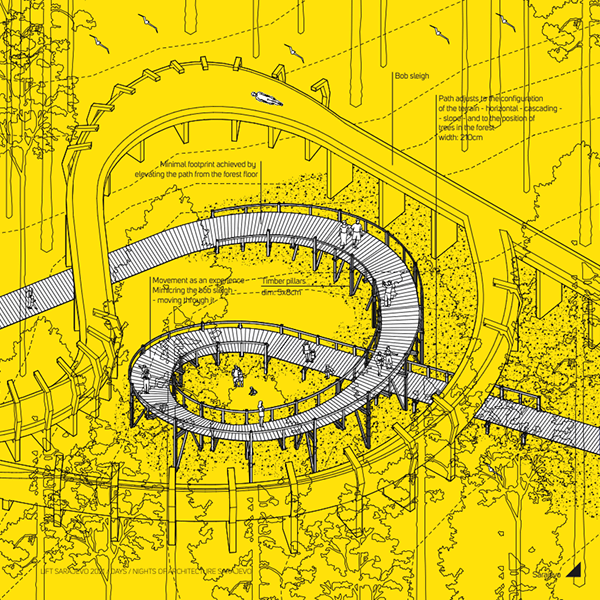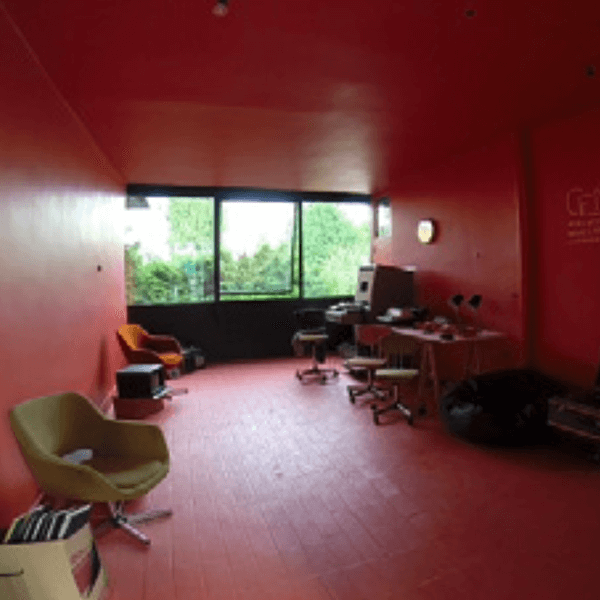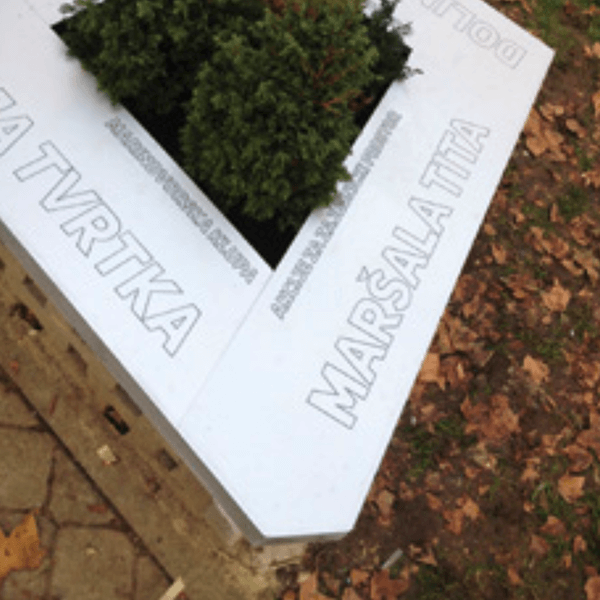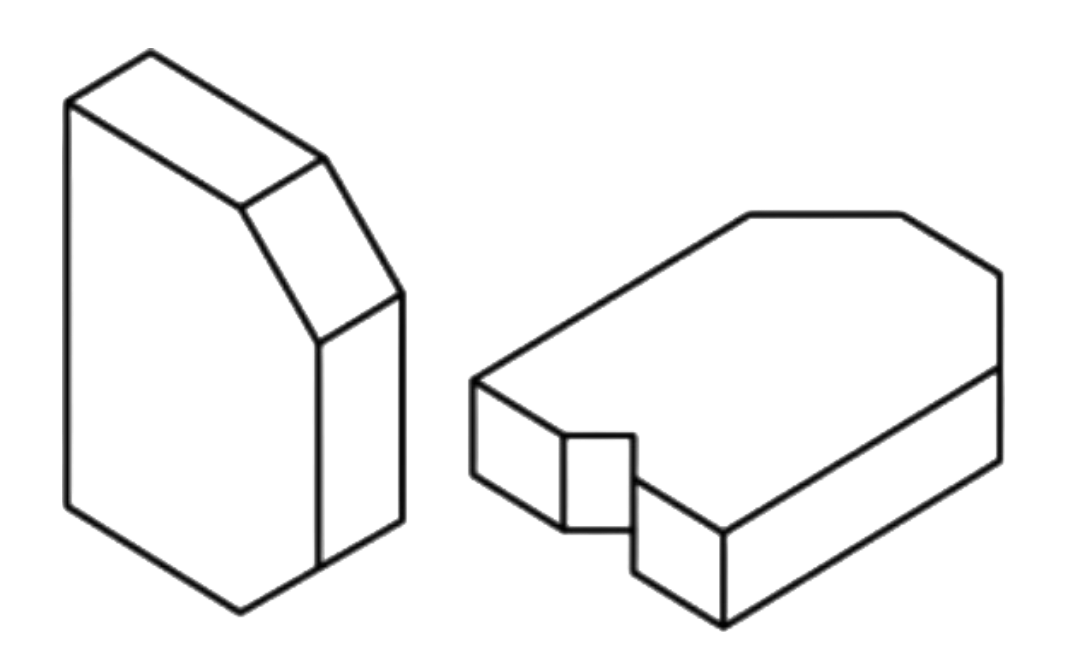
DA Library in Public space
As part of the Historical Museum Sarajevo Reprogramming initiative, CENTRALA transformed a former telephone exchange room into a multipurpose space for exhibitions, presentations, and discussions. With limited resources, the intervention took a radical approach—painting walls, ceilings, and floors in a single color to create a striking, abstract “non-space.”
The project reintroduced salvaged furniture from the museum’s original era, reinforcing a dialogue between past and present. CENTRALA serves as a Minimal footprint achieved by elevating the path from the forest floor bold call to action—REACTIVATE!—urging visitors to engage with the museum’s neglected spaces and contribute to its revitalization. In collaboration with Haris Piplas and Mersiha Karic.

Centrala – Red Room, Museum of Revolution
As part of the Historical Museum Sarajevo Reprogramming initiative, CENTRALA transformed a former telephone exchange room into a multipurpose space for exhibitions, presentations, and discussions. With limited resources, the intervention took a radical approach—painting walls, ceilings, and floors in a single color to create a striking, abstract “non-space.”
The project reintroduced salvaged furniture from the museum’s original era, reinforcing a dialogue between past and present. CENTRALA serves as a bold call to action—REACTIVATE!—urging visitors to engage with the museum’s neglected spaces and contribute to its revitalization. In collaboration with Haris Piplas and Mersiha Karic.

Hidden Commons in Maria’s Yard, 2014
The initiative in Maria’s Yard was a direct way of reclaiming a hidden common space through a participatory process. Located in the courtyard of one of Sarajevo’s most significant Austro- Hungarian palaces, this intervention aimed to rediscover and reactivate a shared urban space that had been gradually restricted from public use.
Through workshops, discussions, and hands-on interventions, residents, activists, and volunteers worked together to reclaim and improve the space. The intervention included cleaning actions, meetings, and a five-day program within the Days of Architecture festival, culminating in the creation of Maria’s Bench as a symbolic marker of the space’s value. Despite facing challenges, including direct threats, the intervention brought renewed attention to the courtyard and led to further urban planning initiatives for the neighborhood. The project was later nominated for the European Prize for Urban Public Award.
